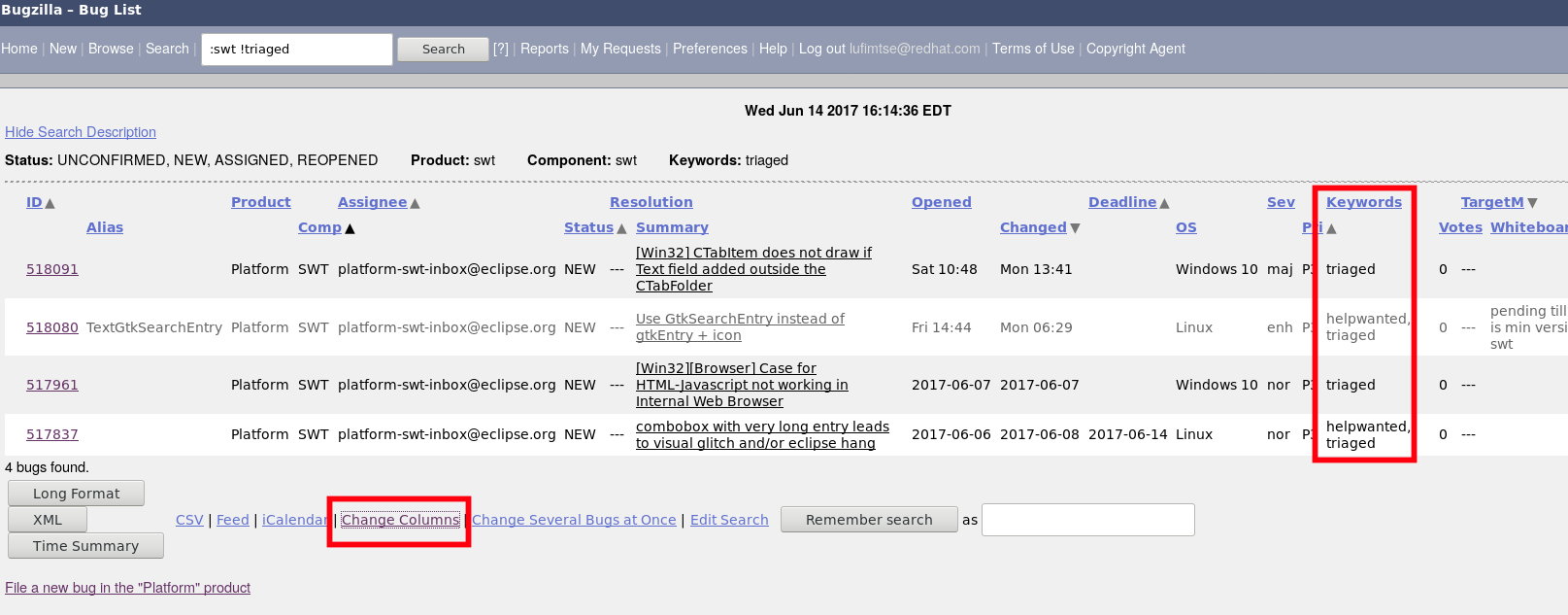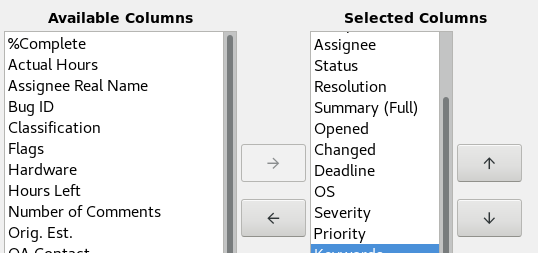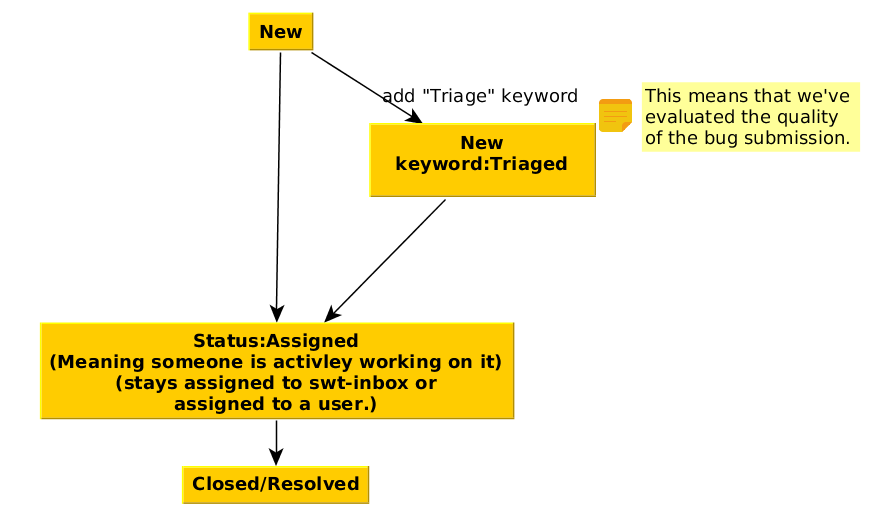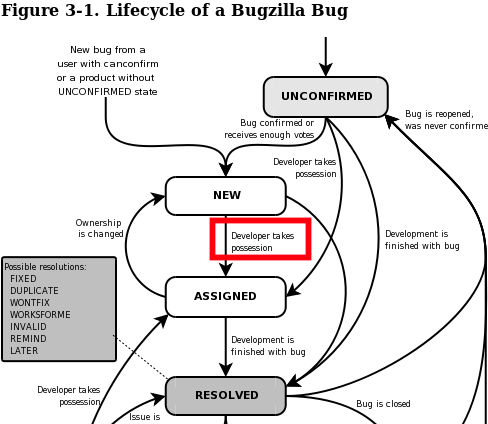Hello Niraj,
Thank you for your reply.
I think in general since SWT is a public project, we should aim to make it as clear and simple as possible for users to find bugs and make it easy for them to understand where things are with the bug. They shouldn't understand "our" work flow, but it should be pretty obvious how things are just at a glance.
In turn, we should adapt our work flow, in as much as possible, to meet the goal above.
To avoid ambiguity, "Triage" is a quick process by which we fix the meta-data of a bug. (e.g check for duplicates, make sure it's assigned to correct component, [optionally] test to see if bugs reproduce, etc..). It's a quick evaluation of the 'quality' of a bug. See:
https://www.mediawiki.org/wiki/Bug_management/How_to_triageI.e, triage does not mean someone will actually work on the bug. It's just a quality check for a bug.
I think having a bug in "assigned" and on
platform-swt-inbox@xxxxxxxxxxx is ok if someone (or a group of people) are actually actively working on the bug. But using "assigned" to mean "triaged", (meaning it could take a year or more before anyone starts working on a bug), would not set proper expectations to users who are reading the bug.
If the bug is on "new", then users can ping us on the mailing list and ask us to look into the bug. But if it's assigned, then it can be ambiguous / unclear about the progress of the bug.
To answer some points:
1) Keyword in Query
- Keyword field is also not visible
in the bugzilla query results page, whereas Status field is.
It is actually with a little tweak: You can add keywords via the "change columns" button such that it appears in the search results:


Once configured, keyword will always be there.
2) Status
- Anyone looking at the bug would look
at the Status and Target fields, rather than the Keyword field.
That's true. But they will see "ASSIGNED" and and think that someone's working on it, where as in fact it's just in the queue to be worked on. In such case "NEW" would be a more accurate description of the bug status.
But you make a good point. Perhaps we could post a comment like "we should fix this" or "we should investigate", to help people identify the progress of the bug thou?
Doing something for a long time doesn't mean it's the most user friendly way of doing it thou :-)
So it seems we have a choice about how we go about doing it.
Well, if something is assigned to a team, the underlying assumption is that it will be fixed/looked/investigated. But what we're doing is assigning it to a team means the bug was "triaged", which can be ambiguous/confusing.





